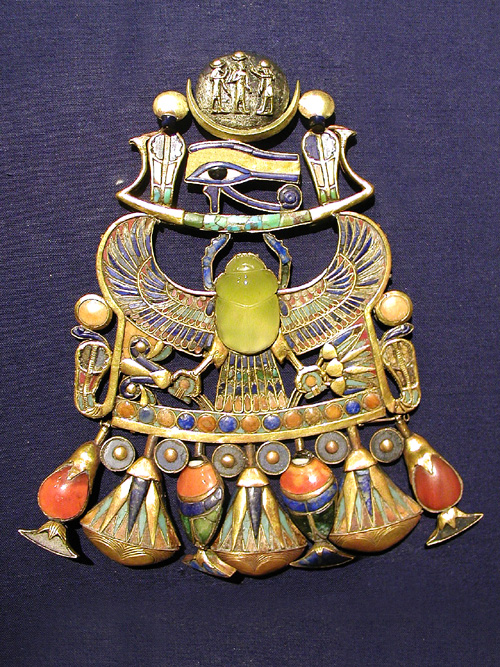The formation of Libyan desert glass (LDG) has been at the center of a big debate in planetary science. Lighting, weird geological processes, and even volcanos on the Moon have been suggested as possible sources. Over the last 25 years, researchers have been focusing on two scenarios: either it was created by a meteor slamming into the desert or by the airburst of a meteorite exploding up in the air. New evidence suggests that the first hypothesis is likely the correct one.
Glass is made by melting sand – so most scenarios involved some massive delivery of energy onto the desert sand between Egypt and Libya. When it comes to temperatures that can turn sand to glass, both meteorite impacts and airbursts have the capacity to get there, as they can produce high-temperature fusion.
“The main goal of our study was to differentiate between an airburst, like over Chelyabinsk or Tunguska, and an impact onto the surface,” the lead author of the study Dr Elizaveta Kovaleva, from the University of the Western Cape, told IFLScience.

Tutankhamun’s pectoral features a scarab carved from Libyan desert glass.
The team set out to find the evidence that could separate one scenario from the other. There is, in fact, an important distinction between an impact and an airburst. Despite the high temperatures and shock waves in the air, airbursts cannot deliver enough pressure into the ground to produce shocked minerals, so the researchers looked at the detailed composition of the glass.
The international team of researchers used transmission electron microscopy to study how minerals are organized in the material. In particular, they found tiny crystals of zircon oxides. Crystals can have the atoms within them arranged in different ways and some arrangements can only form in certain specific conditions.
One of the configurations found is known as cubic zirconia. This is often seen in jewelry, where it is made stable thanks to purposeful impurities – here, it is the surrounding glass that keeps it stable. It forms at a high temperature, between 2,250 and 2,700 degrees Celsius (4,082 and 4,892 degrees Fahrenheit). But the actual temperature might have reached higher than that, based on other mineral melt found during observations.
Temperature indicators are not enough to distinguish between impact and airburst, but another configuration of zirconia seen in the glass is much rarer and also suggests major shock pressures. For this mineral to form, it not only requires heat but also needs very high pressure – about 130,000 atmospheres. If the minerals inside the glass formed under those conditions, then there is a clear natural scenario: a meteorite impact.
“Those are very tiny particles of mineral phases that only form at very high pressures. And those high pressures can only be realized in the Earth’s crust following the impact of meteorites. And they were preserved in LDG because they are so small,” Dr Kovaleva explained.
The evidence for the impact scenario is becoming more and more solid. But many questions remain, including a big one: If there was an impact, where is the crater? This is currently unknown. A team of researchers are currently looking at potential sites (and if you speak French, you can help too).
The study is published in American Mineralogist.
Source Link: Rare Yellow Desert Glass Was Created By A Meteorite Impact